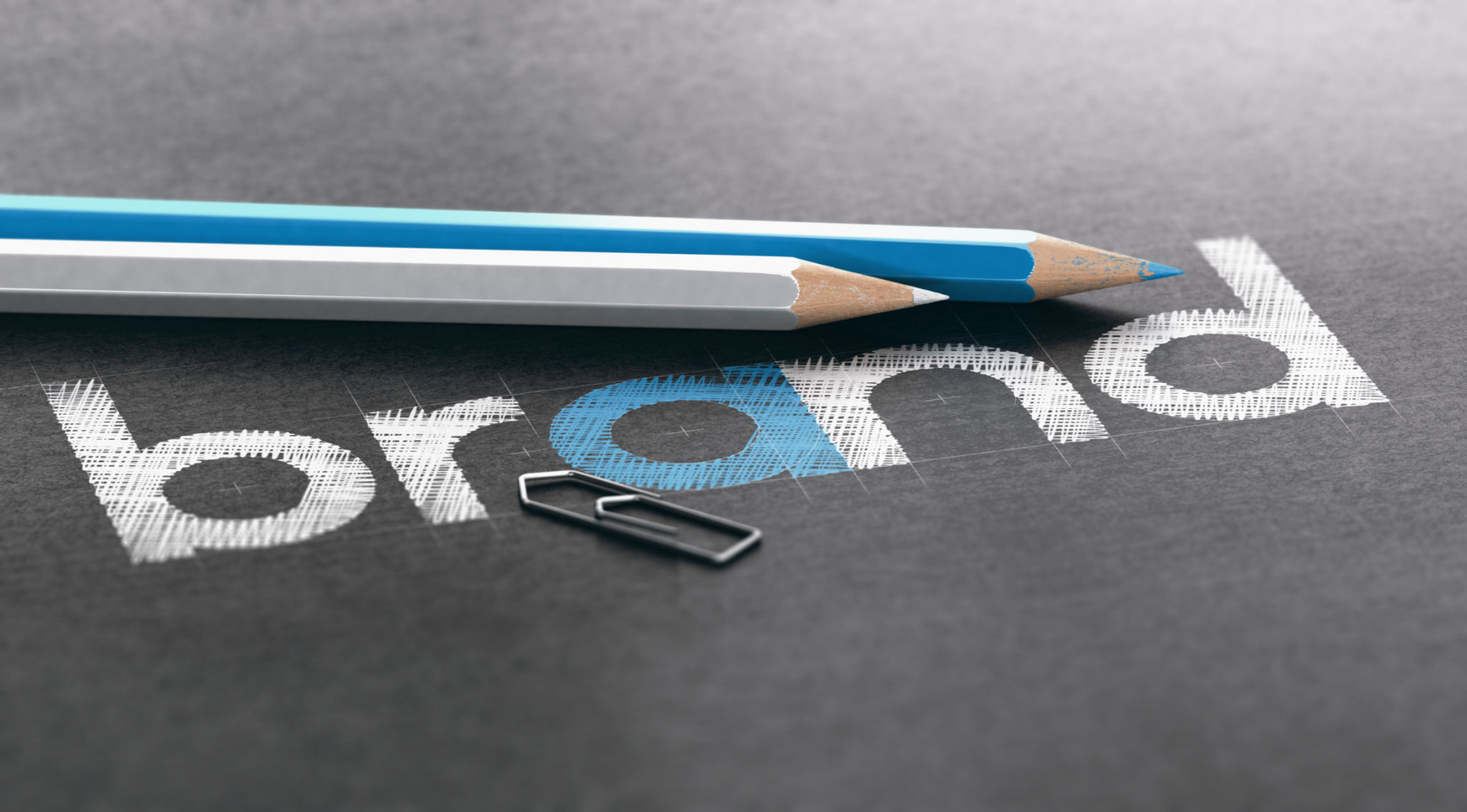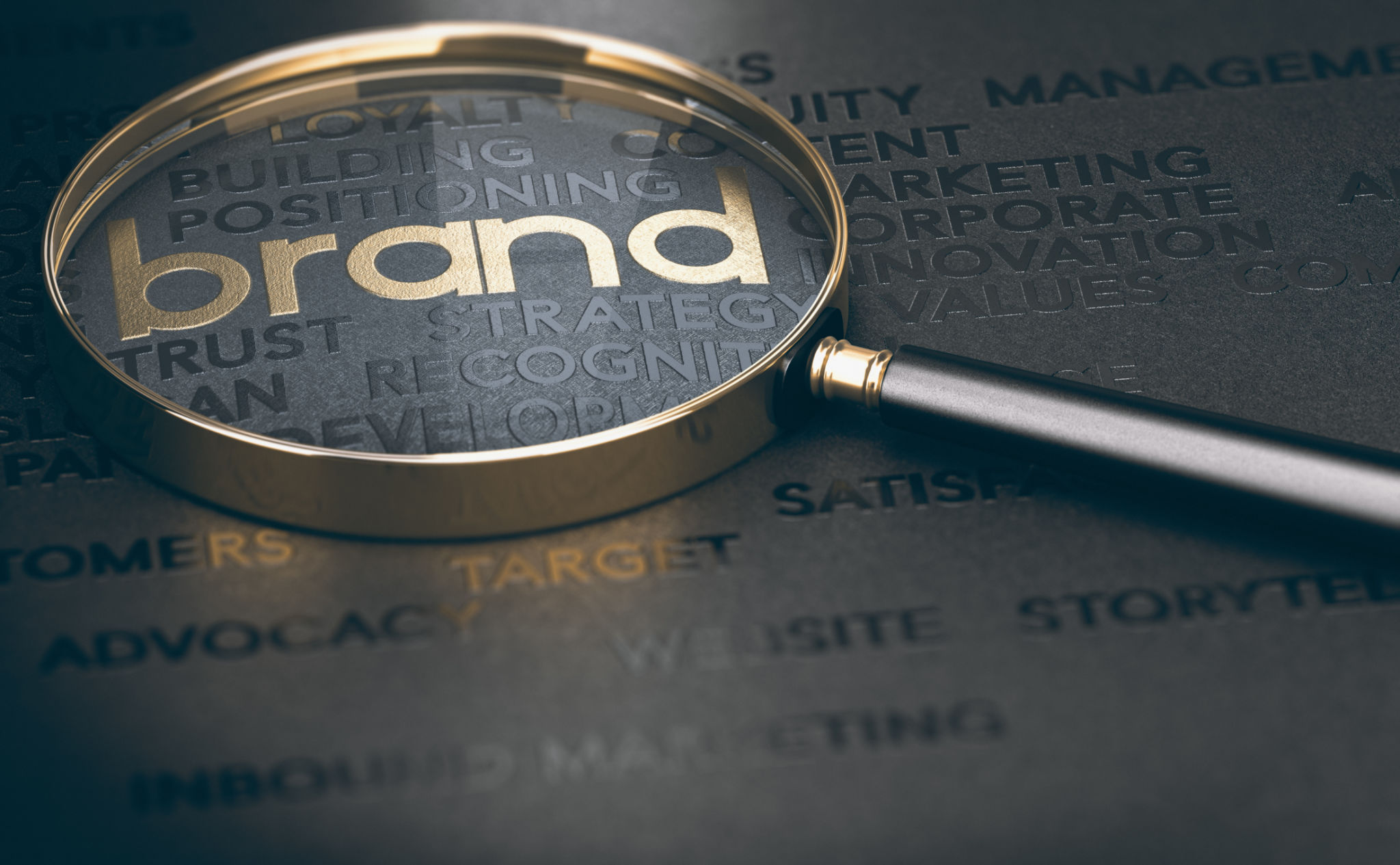The Art of Logo Design: Capturing Your Brand's Essence
Understanding the Purpose of a Logo
A logo is more than just a visual element; it is the face of your brand. It encapsulates your company's values, culture, and mission into a single, memorable image. A well-designed logo can communicate your brand's essence and make a lasting impression on your target audience.
When creating a logo, it's crucial to consider how it will be perceived by others. It should evoke the right emotions and convey the intended message. The goal is to create a logo that resonates with your audience and distinguishes your brand from competitors.

Elements of Effective Logo Design
Several key elements contribute to an effective logo design. First and foremost, simplicity is vital. A simple logo is easily recognizable and versatile, allowing it to be used across various mediums and platforms. Overly complex designs can be challenging to reproduce and may lose their impact when scaled down.
Another important aspect is originality. Your logo should be unique and distinguishable, ensuring it stands out in a crowded marketplace. This can be achieved through creative use of shapes, colors, and typography, which should align with your brand's identity and appeal to your target audience.
The Role of Color in Logo Design
Color plays a significant role in conveying the mood and personality of your brand. Different colors evoke different emotions and associations, so it's essential to choose a color palette that aligns with your brand's values and message. For instance, blue often represents trust and professionalism, while red can convey energy and passion.

Typography: Choosing the Right Font
Typography is another critical component of logo design. The right font can enhance your brand's identity and make your logo more memorable. Consider the font style, weight, and spacing to ensure that it complements the overall design and conveys the right tone. Whether you opt for a classic serif font or a modern sans-serif, the choice should reflect your brand's personality.
Designing for Versatility
Versatility is an essential consideration when designing a logo. It should be adaptable to different sizes, formats, and backgrounds without losing its impact. A versatile logo maintains its visual integrity whether it's printed on business cards or displayed on a billboard.
To achieve versatility, create variations of your logo for different applications. This may include a simplified version for small-scale use or a monochrome version for black-and-white printing.

Testing and Refining Your Logo
Once you've developed an initial design, it's crucial to test it in various contexts to ensure its effectiveness. Gather feedback from peers, stakeholders, or focus groups to gain insights into how well the logo communicates your brand's essence.
Be open to making adjustments based on feedback and testing results. Refining your logo will help you create a final version that truly captures your brand's essence and meets your business objectives.
The Lasting Impact of a Great Logo
A great logo can have a lasting impact on your brand's success. It becomes an integral part of your brand identity and helps build recognition and loyalty among your audience. By investing time and effort into creating a strong logo, you set the foundation for a cohesive and effective brand presence.
Remember that logo design is an ongoing process that may evolve as your brand grows and changes. Stay true to your brand's core values while adapting to new trends and consumer preferences.
